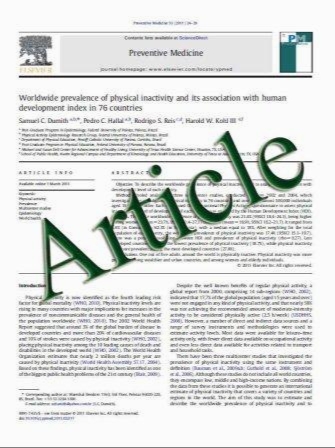New roles for renin and prorenin in heart failure and cardiorenal crosstalk
- نوع فایل : کتاب
- زبان : انگلیسی
- مؤلف : Nicolas F. Schroten • Carlo A. J. M. Gaillard • Dirk J. van Veldhuisen • Mariusz K. Szymanski • Hans L. Hillege • Rudolf A. de Boer
- چاپ و سال / کشور: 2011
Description
The renin-angiotensin-aldosterone-system (RAAS) plays a central role in the pathophysiology of heart failure and cardiorenal interaction. Drugs interfering in the RAAS form the pillars in treatment of heart failure and cardiorenal syndrome. Although RAAS inhibitors improve prognosis, heart failure–associated morbidity and mortality remain high, especially in the presence of kidney disease. The effect of RAAS blockade may be limited due to the loss of an inhibitory feedback of angiotensin II on renin production. The subsequent increase in prorenin and renin may activate several alternative pathways. These include the recently discovered (pro-) renin receptor, angiotensin II escape via chymase and cathepsin, and the formation of various angiotensin subforms upstream from the blockade, including angiotensin 1–7, angiotensin III, and angiotensin IV. Recently, the direct renin inhibitor aliskiren has been proven effective in reducing plasma renin activity (PRA) and appears to provide additional (tissue) RAAS blockade on top of angiotensin-converting enzyme and angiotensin receptor blockers, underscoring the important role of renin, even (or more so) under adequate RAAS blockade. Reducing PRA however occurs at the expense of an increase plasma renin concentration (PRC). PRC may exert direct effects independent of PRA through the recently discovered (pro-) renin receptor. Additional novel possibilities to interfere in the RAAS, for instance using vitamin D receptor activation, as well as the increased knowledge on alternative pathways, have revived the question on how ideal RAAS-guided therapy should be implemented. Renin and prorenin are pivotal since these are at the base of all of these pathways
Heart Fail Rev DOI 10.1007/s10741-011-9262-2 The Author(s) 2011. This article is published with open access at Springerlink.com


